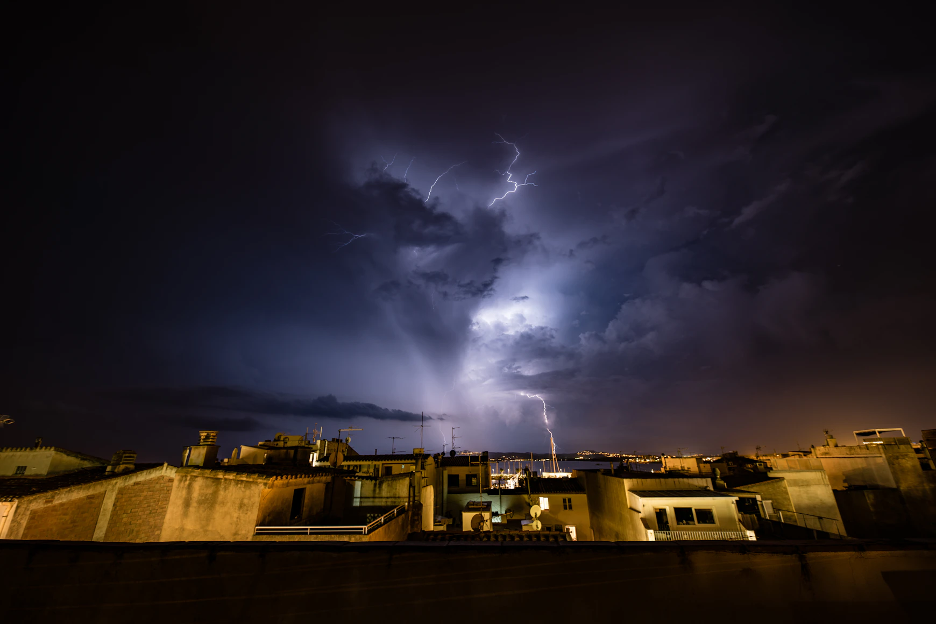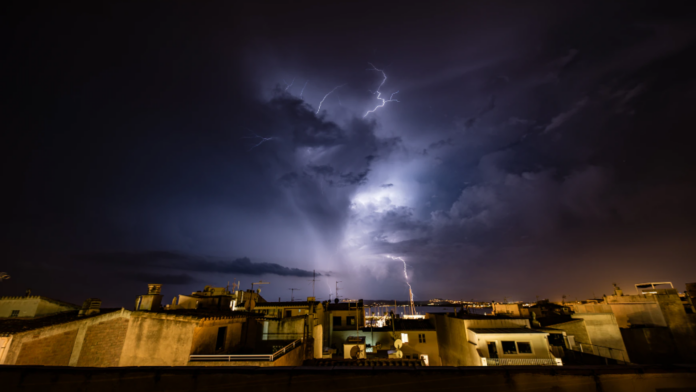
When a natural disaster, political tension, or national tragedy hits the Philippines, small businesses often find themselves wondering, “Should we post? Should we pause? What’s the right thing to say?”
Filipinos spend over 4 hours daily on social media (We Are Social 2024), so how your brand behaves during a crisis matters. A single tone-deaf post can undo months of goodwill, but showing empathy and presence builds trust for life.
Here’s a practical guide to what to post and what to avoid when your community is in crisis.
What to Post During a Crisis
1. Official Updates (If Relevant to Your Operations)
Be clear and factual. If you’re pausing services, changing store hours, or providing support, post early and update often.
For example, restaurants could issue announcements like: “Due to the oncoming typhoon, food deliveries in NCR are temporarily on hold. We prioritize the safety of our delivery partners. Stay safe, everyone!”
Aside from building credibility, transparency shows customers you’re responsibly managing the situation.
2. Messages of Empathy and Support
Your brand should speak up with empathy and compassion during challenging times. Do this by making sure that your message comes from a place of concern, not marketing. You could post something like:
“We stand with the communities affected by today’s earthquake. Our thoughts and prayers are with you all. 💛”
Simple and sincere messages can go a long way in showing solidarity during hard times.
3. Helpful, Non-Promotional Resources
Share verified information from agencies like NDRRMC, PAGASA, DOH, and Local Government Units. Whether it’s a list of evacuation centers or hotlines, you’re adding value to your audience’s feed by disseminating accurate information.
4. Acts of Kindness or Community Support
If your business is helping in any way (e.g. donating food, offering discounts to affected areas, or supporting frontliners) share it humbly. You can do this by emphasizing the impact of your help by promoting the people receiving aid instead of your logo.
Here’s an example of a good caption:
“Thanks to your purchases this week, we were able to donate 100 meals to evacuation centers in Rizal. 💚 Maraming salamat!”
5. Encouraging, Uplifting Messages (When Appropriate)
After the initial shock has passed, you can express optimism in a way that ties into your brand values.
For example, a local bakery can post “We’re still baking, and we’re here when you need a warm merienda to lift your spirits!” while a wellness brand can chirp in by reminding people to breathe, take breaks, and care for their mental health.
What to Avoid During a Crisis
1. Hard-Selling or Business-as-Usual Posts
Avoid promos, countdowns, or upbeat content when a crisis is unfolding, especially if people are hurt or in danger. Here’s an example you should avoid: “Flash sale: Rain or shine, our deals are ON!”
More than being tone-deaf, it is opportunistic and will be received negatively by your audience. If you have scheduled posts, filter through them to see which ones should be paused for the meantime.
2. Insensitive Memes or Humor
Filipinos love humor, but there’s a time and place. Avoid any jokes that could be seen as minimizing people’s suffering or mocking real-world events.
Even if unintentional, humorous posts can backfire quickly and cause reputational damage.
3. Political or Controversial Takes (Unless It’s Core to Your Brand)
Unless your brand is advocacy-based, wading into divisive topics – especially without full context – can alienate and divide your audience.
If you do speak up (e.g., against disinformation or injustice), make sure your tone is respectful, factual, and aligned with your brand purpose.
4. Unverified News or Misinformation
Only share information from credible sources. Even if you have good intentions, spreading unverified content can do more harm than good.
Make sure to double-check government press releases, official NGO or LGU updates, major news outlets, and other sources before sharing them through your media channels.
5. Overly Branded “Compassion” Posts
Avoid posts that turn crisis response into marketing, like logo-heavy donation announcements or videos that feel too polished. Below is an example of what not to do:
“LOOK: [Brand Name] gives 500 relief packs. See how our team wears matching shirts while helping!”
Instead, focus on the community, the impact, and the human side of your gesture.
Bonus: When to Resume Regular Content
There’s no universal rule, but here are some pointers:
● Wait until major media outlets shift focus from urgent coverage.
● Monitor local conversations; if people are posting lighter content again, it may be time.
● Ease back in. Start with gratitude posts or community updates before resuming full promos.
Remember, people will always remember how your brand behaved in difficult times.
Stay Resilient Amid Crises
Crises test not just our resilience, but also our brand character.
Community and compassion are cultural pillars in the Philippines, so businesses are expected to show heart, humanity, and sensitivity during difficult times. During the next storm, shake-up, or serious event, don’t forget to pause, assess, and post with care.
Unsure how to balance compassion and communication during sensitive times? A PR agency in the Philippines can be the trusted partner to guide you through staying visible while being responsible. Work with a digital marketing team today!
Thank you for taking time to read.
📩 𝘋𝘔 𝘧𝘰𝘳 𝘊𝘰𝘭𝘭𝘢𝘣𝘴, 𝘍𝘦𝘢𝘵𝘶𝘳𝘦, 𝘢𝘯𝘥 𝘗𝘳𝘰𝘮𝘰𝘵𝘪𝘰𝘯𝘴 ⬇️⬇️⬇️⬇️⬇️
Read my Column Eventful Glam at Opinyon Panay https://www.facebook.com/OpinYonPanay
IG Name: www.instagram.com/Homeschoolingiscool
FB Name: www.facebook.com/ armi.pineda
Fb page:https://www.facebook.com/Homeiskoolcom
YouTube Account: https://youtube.com/channel/UCAEszY-nm4XIPSphcppyilw
TikTok Account: https://vt.tiktok.com/ZGJkEHsLh/
Twitter Www.twitter.com/Armipazpineda















